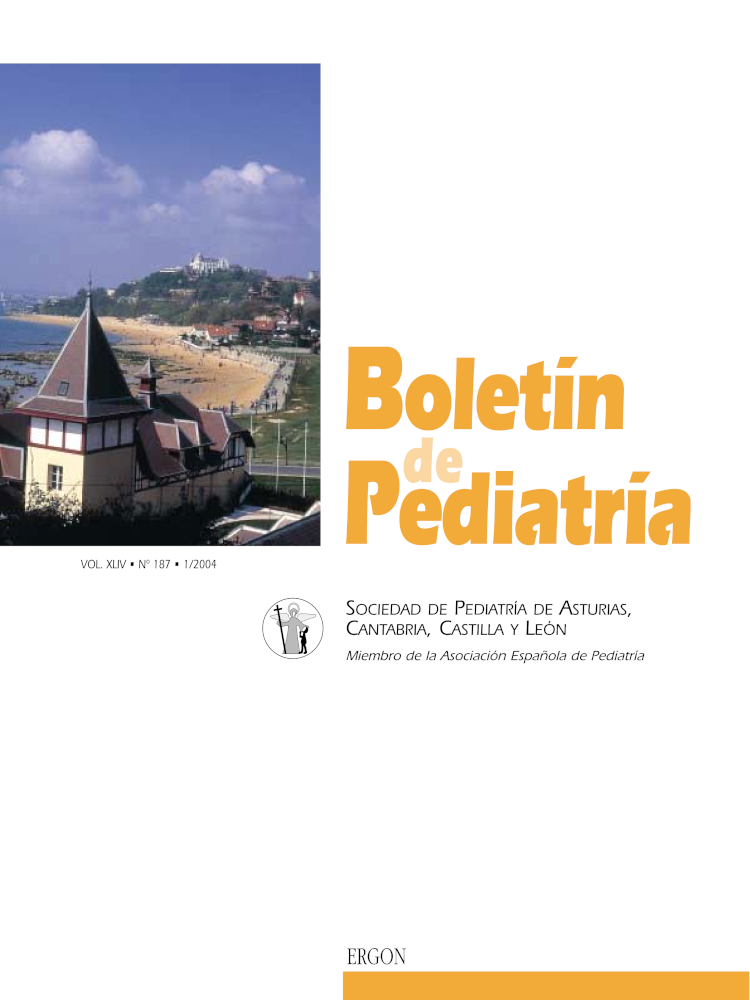Abstract
Objective: To analyze pediatric aged patients characteristics who are attended in Emergency Department of Hospital ?Río Carrión? (Palencia). Patients and methods: Retrospective study of all urgent consults of patients aged under 14 years during a year (1999). Patient and medical attention facts were recorded. Results: 5.489 patients demanded assistance during 1999 (15,0 patients/day). 55,7% were male. December and July were the months with more visits. Feast days and mondays are the days with more pressure. The demand increased between 20:00 h and 22:00 h. The most frequent cause of urgency were traumatisms (32,4%), and fever (17,7%). Respiratory difficulty was the only cause with significative differences respect sex general distribution (66,9% male; p < 0,005). 37% of visits were children aged less than 24 months. Urban patients were 55,9% of all. 57,6% of patients did not previously consult in a Primary Health Center (PHC). Traumatisms are more frequent in 12-13 years aged children (p < 0,0001) and rural patients (p < 0,001). Logistic regression analysis was performed; rural children, no-traumatic patients, respiratory difficulty and patients with previous consult in PHC were risk factors for hospital admission. Conclusions: Most of patients are aged less than 4 years, urban and with no previous consult in PHC. There are more male patients, but traumatisms are not the cause.

This work is licensed under a Creative Commons Attribution-NonCommercial 4.0 International License.
Copyright (c) 2004 Boletín de Pediatría
